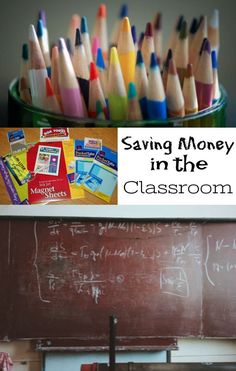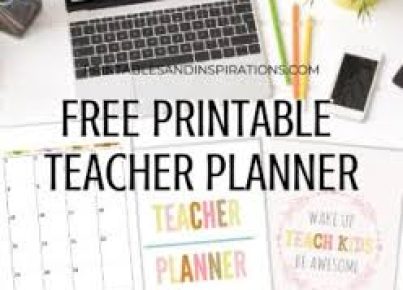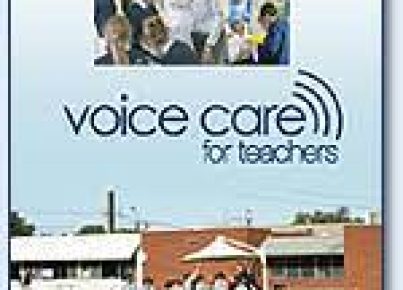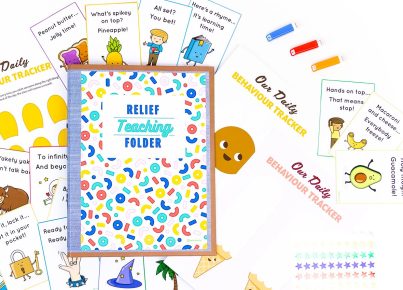Teachers often face the challenge of managing their classroom on a tight budget. With a little creativity and resourcefulness, however, it’s possible to make the most of limited funds without compromising the quality of education. Here are some money-saving hacks that can help teachers stretch their dollars further:
1.Utilize Free Resources: There is a plethora of free educational resources available online. Sites like Teachers Pay Teachers offer free downloads, while other platforms provide complimentary access to textbooks, lesson plans, and activity ideas.
2.Get Crafty with DIY Projects: Instead of purchasing expensive classroom decor or learning aids, consider making them yourself. Use everyday items to create bulletin boards, educational games, and storage solutions.
3.Incorporate Digital Tools: Save on paper and printing costs by using digital tools for assignments and note-taking. Tools such as Google Classroom can be used to distribute and collect assignments electronically at no cost.
4.Embrace Second-Hand Finds: Thrift stores and garage sales can be treasure troves for books, furniture, and other classroom necessities. With a bit of cleaning or a fresh coat of paint, second-hand items can become valuable classroom assets.
5.Optimize School Supply Purchases: Buy school supplies in bulk during back-to-school sales or use price-matching policies at retail stores to get the best deals. Encourage parents to take advantage of these sales as well.
6.Collaborate with Colleagues: Pool resources with other teachers to share materials and supplies. This can reduce waste and ensure that all purchased items are fully utilized.
7.Seek Out Grants and Donations: Many organizations offer grants specifically for educators looking to fund classroom projects or purchase specialized equipment. Additionally, local businesses may be willing to donate materials or sponsor classroom needs.
8.Repurpose and Reuse: Before throwing anything away, consider if it can be repurposed. Containers can turn into storage bins, while scraps of paper can be used for art projects or informal note-taking.
9.Involve the Community: Reach out to parents and community members for donations of supplies or their time to assist with classroom activities or events.
10.Energy-Saving Strategies: Cut down on electricity use by maximizing natural light during the day and unplugging devices when they’re not in use.
By implementing these cost-effective strategies, teachers can alleviate some financial pressure while creating an engaging and supportive learning environment for their students.





